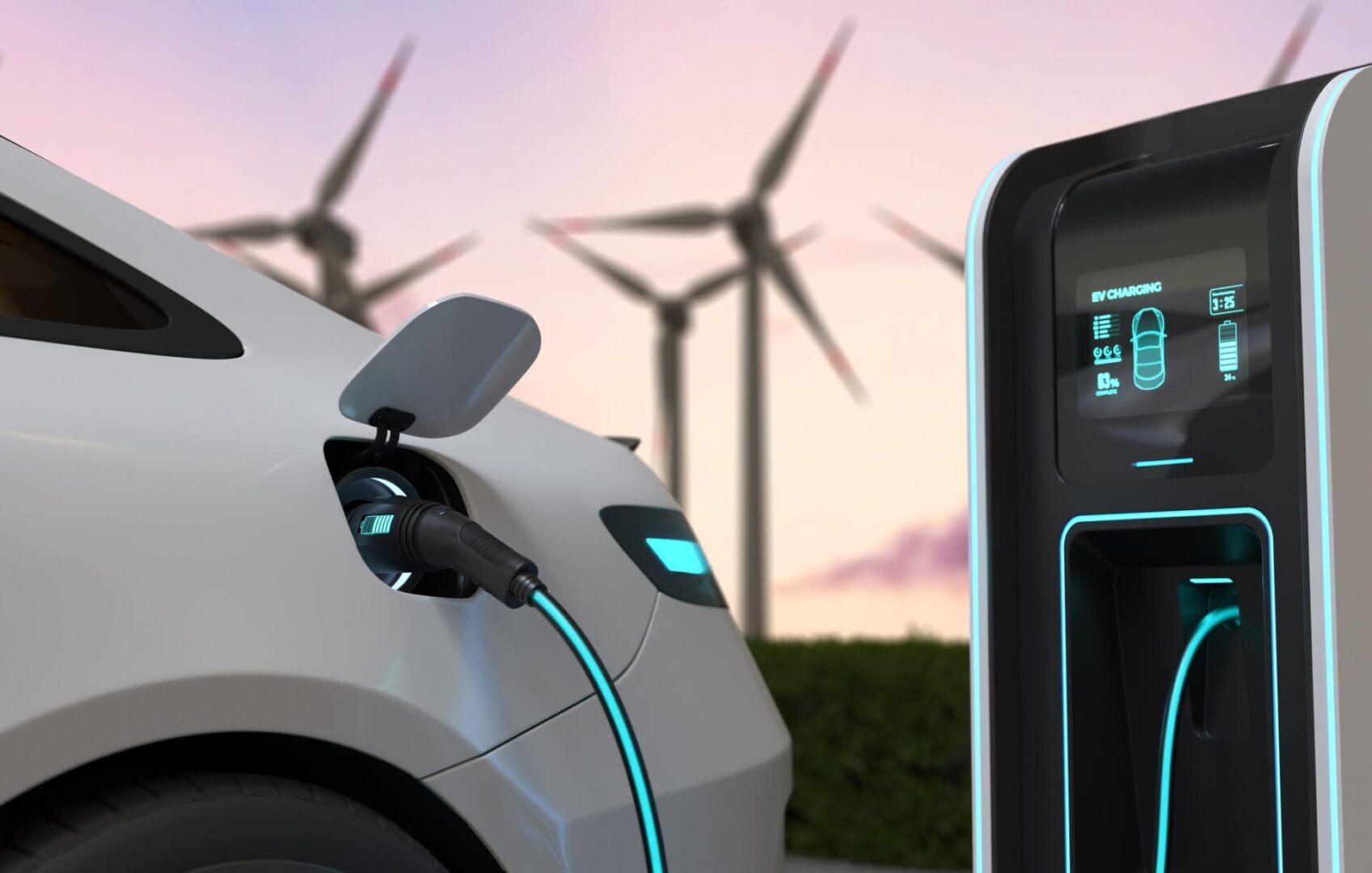
The Realities of the Electric Vehicle Market: A Critical Analysis
The electric vehicle (EV) industry, often portrayed as the future of transportation, is facing significant challenges despite government subsidies aimed at fostering growth. While EVs are part of the broader strategy to reduce carbon emissions, they are not the ultimate solution to the complex issues facing the automotive industry. This analysis critically examines the current state of the EV market, the role of government subsidies and the substantial challenges that continue to hinder widespread adoption.
The Influence of Government Subsidies on the EV Market
Government subsidies have been a driving force behind the adoption of electric vehicles. Tax credits, rebates and direct grants have made EVs more accessible to consumers and have encouraged automakers to invest in electric technology. However, these subsidies often mask the financial struggles faced by many EV manufacturers. Outside of Tesla, which has managed to turn a profit, most companies in the EV space are hemorrhaging cash, struggling to scale production and facing significant operational challenges.
- Example: General Motors (GM) and Ford have heavily invested in EVs, yet both companies are facing substantial financial losses in their EV divisions. Despite billions in subsidies and investments, these automakers have reported that their EV production costs remain high and their vehicles are not yet profitable. This raises concerns about the long-term sustainability of the EV market, particularly as government subsidies may not be indefinite.
The Economic Realities of EV Manufacturing
The economic challenges of manufacturing electric vehicles are substantial. The production costs of EVs are significantly higher than those of traditional internal combustion engine vehicles, primarily due to the cost of batteries and other specialized components. As a result, many automakers are finding it difficult to produce EVs at a price point that is attractive to consumers while also maintaining profitability.
- Example: Rivian, a startup in the EV market, has faced severe financial difficulties despite receiving substantial government support and private investment. The company has struggled with production delays and cost overruns, leading to a significant cash burn. Rivian’s experience highlights the broader challenges facing the EV industry—while there is some demand for EVs, the economics of production are not yet favorable.
Technological and Infrastructure Challenges
While advancements in battery technology have made EVs more viable, significant technological and infrastructure challenges remain. The development of solid-state batteries, which promise longer ranges and faster charging times, is still in its early stages. Additionally, the lack of comprehensive charging infrastructure remains a critical barrier to widespread adoption, particularly in rural areas and developing markets.
- Example: The rollout of public charging stations in the United States has been slower than anticipated, creating a bottleneck for EV adoption. Companies like ChargePoint and Electrify America have made strides, but the pace of infrastructure development is not keeping up with the growing number of EVs on the road. This infrastructure gap is a major hurdle that needs to be addressed if EVs are to become a mainstream mode of transportation.
Environmental and Ethical Considerations
While EVs are touted as environmentally friendly, there are significant environmental and ethical concerns associated with their production. The extraction of lithium, cobalt and other materials used in EV batteries has been linked to environmental degradation and human rights abuses. Moreover, the carbon footprint of battery production and the disposal of used batteries present additional environmental challenges.
- Example: The Democratic Republic of the Congo (DRC) is a major supplier of cobalt, a critical component in EV batteries. However, cobalt mining in the DRC has been associated with severe environmental damage and poor labor practices, including child labor. These issues raise ethical questions about the sustainability of EVs as a true green technology.
The Role of EVs in the Broader Transportation Ecosystem
Electric vehicles are part of the solution to reducing carbon emissions, but they are not a silver bullet. The focus on EVs must be balanced with investments in other forms of sustainable transportation, such as public transit, cycling infrastructure and alternative fuel technologies. A holistic approach to transportation is needed to address the broader environmental and social challenges.
- Example: In Europe, cities like Amsterdam and Copenhagen have invested heavily in cycling infrastructure and public transit, reducing reliance on private vehicles, including EVs. These cities demonstrate that while EVs have a role to play, they are just one component of a comprehensive strategy to create sustainable urban transportation systems.
Conclusion
The electric vehicle market is at a critical juncture. While government subsidies have spurred investment and development, the economic, technological and ethical challenges facing the industry are significant. For EVs to truly become a viable and sustainable part of the transportation ecosystem, these challenges must be addressed. The promise of EVs is particularly compelling for short-range vehicle needs, where they offer a practical solution. However, for longer-range and heavy-duty transportation, traditional vehicles and alternative fuel technologies may remain more viable options in the foreseeable future. Our Market Opportunities Research team provides the insights and analysis needed to navigate this complex landscape, helping businesses make informed decisions in a rapidly evolving market. By critically assessing the current state of the EV market, we can better understand the realities and work towards solutions that are both economically viable and environmentally sustainable.
